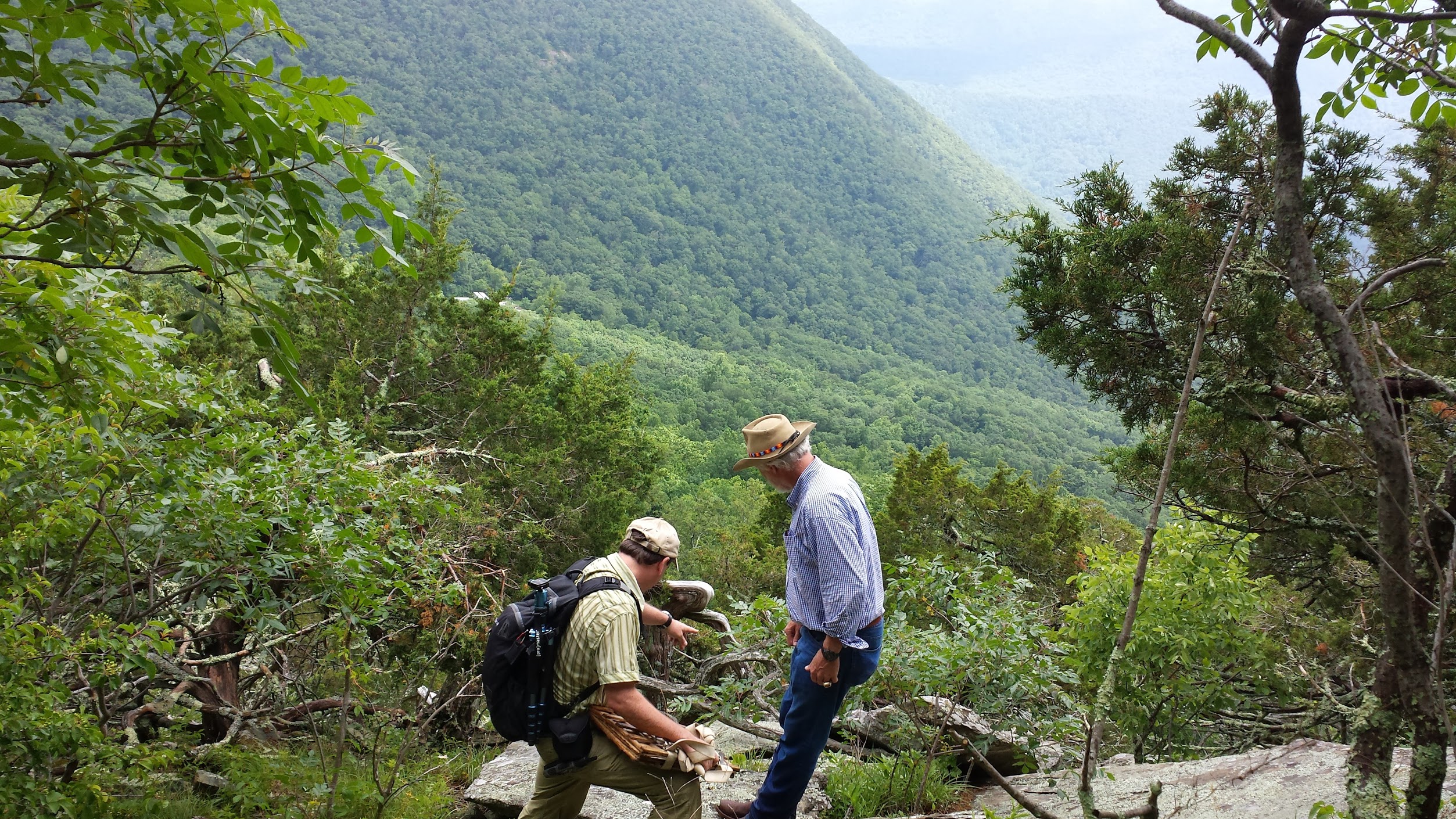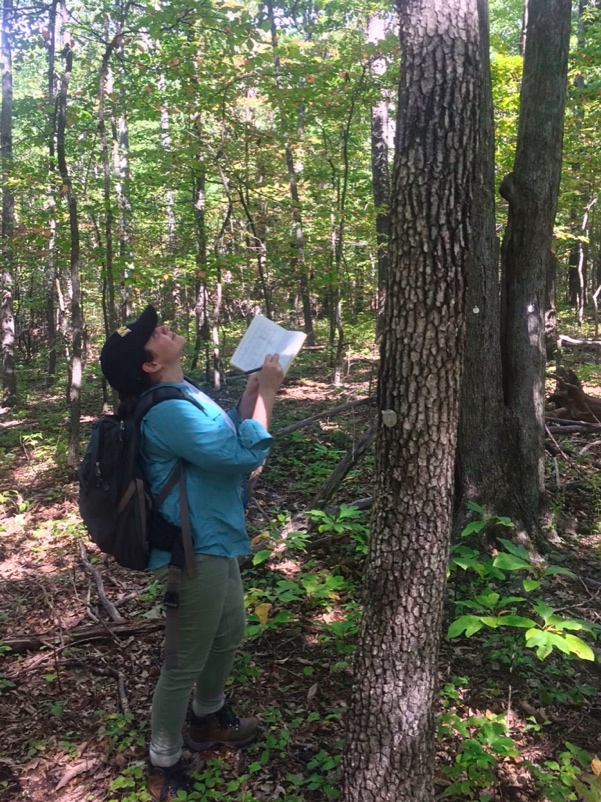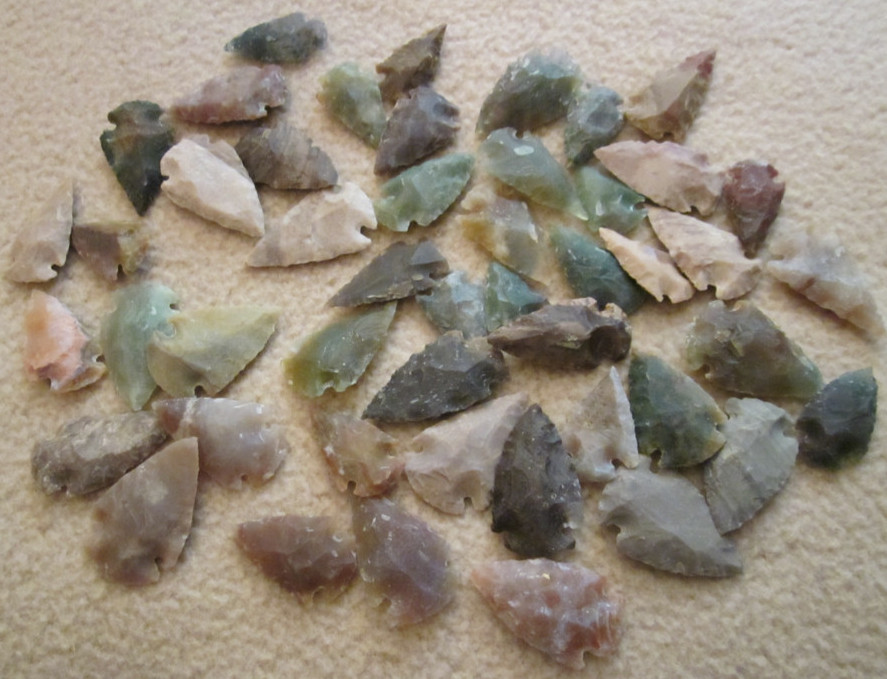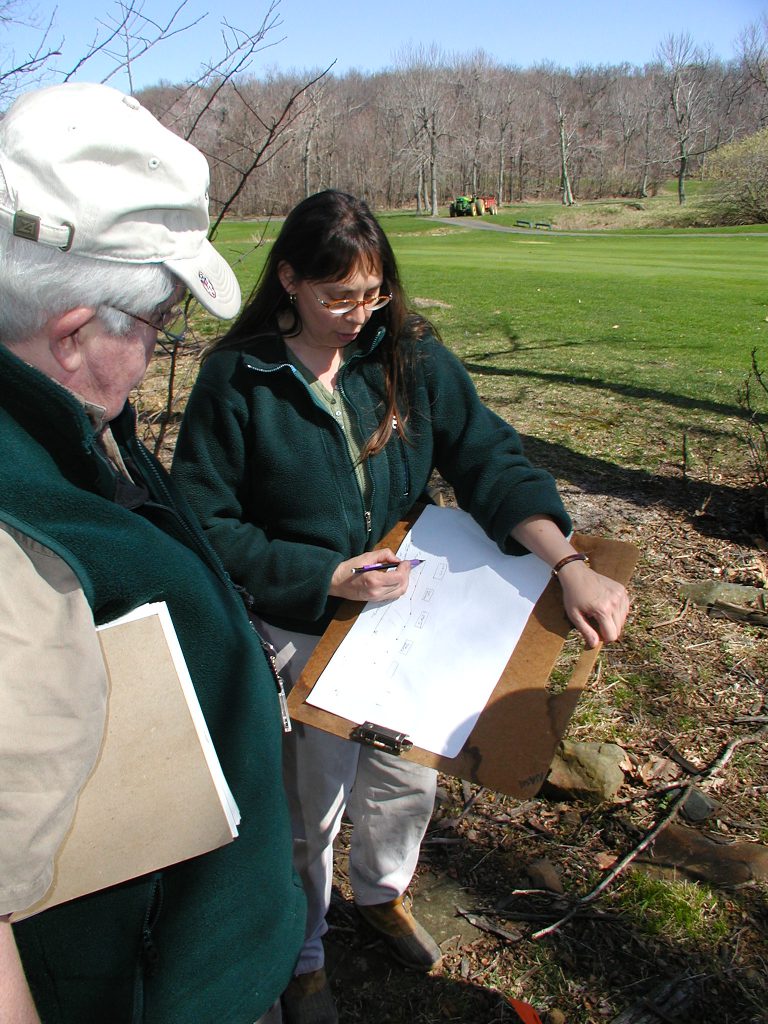
Research
The Nature Foundation at Wintergreen Promotes a Deeper Understanding of Nature through Research
Together with Virginia universities, the Smithsonian Institution, and State and Federal government agencies, TNFW conducts and sponsors research that informs best practices for managing Wintergreen’s ecosystems and contributes more broadly to the scientific community’s body of knowledge. TNFW’s Science and Education Advisory Committee, a panel of distinguished scientists and educators, advises TNFW staff, guides and evaluates research, and contributes to environmental education programs provided to area students, teachers and life-long learners of all ages. Learn about committee members here.
Our research helps us preserve the natural and cultural heritage of Wintergreen and our Central Blue Ridge Mountains. Additionally, much of this research is used in education programs offered by TNFW to local school students and adults. Representative projects and programs include:

Climate Change Responses of Plants and Lepidoptera Across Mountain Gradients
Catherine M. Hulshof, Assistant Professor, Virginia Commonwealth University
The proposed study will, first, establish long-term vegetation monitoring plots to determine the factors (dispersal, survivorship, growth, and fitness) that lead to plant species migrations across mountain gradients. Second, this study will establish long-term monitoring of insect populations to record their present-day distributions across elevation and distributional shifts relative to the distribution of their host plants. This study will emphasize Lepidoptera communities due to their role as herbivores (with contributions to ecosystem level nutrient cycling), pollinators (with implications for plant fitness), and environmental indicators (due to their sensitivity to temperature).

Distribution and Habitat Use of Eastern Spotted Skunks (Spilogale putorius) in Western Virginia Research
Emily Thorne, doctoral student in the Department of Fish and Wildlife Conservation at Virginia Tech
TNFW participated in a joint research project by Virginia Tech and the Virginia Department of Game and Inland Fisheries spawned from a State project aimed at a very different animal, the golden eagle. Starting in 2008, camera bait sites around Virginia were established to study winter distribution of the golden eagle. The cameras caught not just the golden eagles but many elusive creatures such as the spotted skunk. At the same time, studies seeking southern flying squirrels and Allegheny wood rats stumbled upon the rarely seen spotted skunk and a new project was born.
The primary goals of this study were to determine the distribution of the spotted skunk particularly in western Virginia, to determine how forest and landscape conditions affect their distribution and to assess how spotted skunks are selecting habitat in order to create predictive models.
This is where Wintergreen came into the study. In the summer of 2015, a maintenance worker at Wintergreen submitted a video to VDGIF of a juvenile spotted skunk found along Wintergreen Drive. Knowing there was at least one reproducing pair of skunks present, Wintergreen became a camera trapping site. TNFW’s forester and volunteers set and baited camera traps that began yielding a skunk consistently coming to the bait site. With this observation, trapping efforts began. Virginia Tech researchers captured multiple skunks for data collections such as blood samples, weight, sex and most importantly the application of radio collars. This allowed researchers to utilize radio-telemetry in order to better study habitat usage and identify landscape level habitat usage by the spotted skunk.

History of A Long-Lived Fern, Osmunda Claytoniana Project
Janet C. Steven, Associate Professor and Graduate Program Coordinator, Christopher Newport University
TNFW is exploring the growth rate and age of interrupted ferns in collaboration with Dr. Janet Steven at Christopher Newport University. Interrupted fern (Osmunda claytoniana) is a long-lived fern species that grows in the forest understory and could be an indicator of the age of the forest. The fern sends out lateral stems just under the surface of the soil and puts up a clump of leaves at the stem tip every year. Stems grow and branch, and older connections die off, creating a large patch of ferns in the forest. The stems only grow about a half an inch a year, spreading very slowly across the forest. Genetic markers in the fern’s DNA identify the size of interrupted fern plants. This information indicates the extreme age of the ferns, as well as the permanence of the forest understory. Preliminary findings suggest that the ferns may be at least as old as the trees above them, if not older. The results from this study will enable the Foundation to identify and preserve more ancient forest understories.

Native American Archeological Project
Carole Nash, Ph.D., RPA, Associate Professor, School of Integrated Sciences, James Madison University
Wintergreen is far from the first community to call this mountain home. Easy passage across one of the narrowest parts of the Central Blue Ridge and rich resources made this area extremely desirable to pre-contact Native Americans. Ample findings of cortical artifacts suggest that Wintergreen was well-used for extensive mountain stays by Native Americans prior to European arrival, much as it is enjoyed by people today.
Since 2003, TNFW and archaeologists from the School of Integrated Sciences at James Madison University have conducted a multi-year program that has identified and recorded more than 30 archaeological sites and thousands of artifacts on Wintergreen property. Known archaeological sites date from the time of early Native American hunter-gatherers (ca. 10,000 years ago) to camps for the settled Monacan towns in the valley to Euro-American farmsteads and narrow-gauge railroad grades of the early 20th century.
The collaborative program to identify and preserve archaeological sites at Wintergreen is directed by Dr. Carole Nash of JMU and supported by many TNFW volunteers and property owners at Wintergreen. It reflects TNFW’s mission to protect our cultural and natural heritage for future generations. Dr. Nash’s work led to TNFW receiving the Council of Virginia Archaeologists’ Michael Hoffman Award in 2010 “For Significant Contributions to Historic Preservation in the Commonwealth of Virginia”.



Orchid Research At Wintergreen
Dr. Dennis Whigham & Melissa McCormick, Smithsonian Environmental Research Center
In 2003, Dr. Dennis Whigham and Dr. Melissa McCormick with the Smithsonian Institution, started a project to identify and describe the diversity of fungi associated with several of the fringed orchids (genus Platanthera) found in the Blue Ridge Mountains. They obtained leaf and root samples from several species at a number of different sites at Wintergreen. From these samples, they extracted DNA from each plant and its associated fungus. Using DNA sequences is the only way to accurately identify these fungi, which are cryptic and do not produce easily identifiable mushrooms.
These researchers found that certain groups of closely related species of Platanthera rely on particular groups of fungi. Some of the species sampled appear to always associate with one particular species of fungus. Because orchids so strongly depend on their fungi, this type of one-on-one relationship means than identifying and culturing the fungi will be essential to orchid conservation and restoration efforts. This project could be useful in preserving some of the most beautiful and fascinating plants in the Blue Ridge.